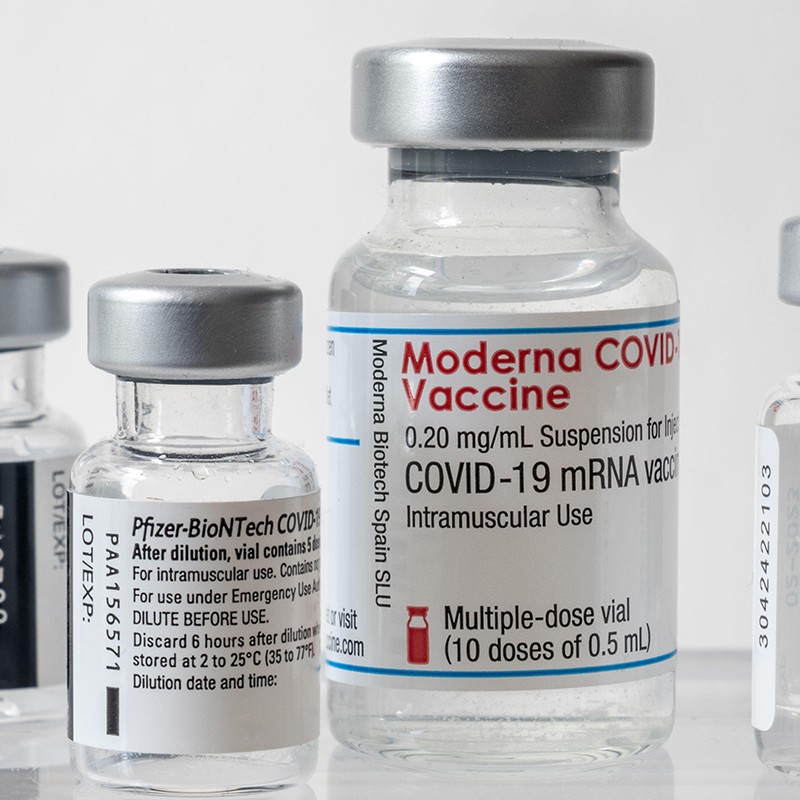Published:
The COVID-19 vaccine has been a point of discussion for nearly two years at this point. However, there is a new version that is the current talk-of-the-town: COVID-19 Booster Shots. Today’s blog will discuss what these booster shots are, how they are being implemented, and what it means for some countries to have them when others don’t even have enough doses of the original vaccine.
Booster COVID-19 vaccines are a third dose of the already two-dose sequenced COVID-19 vaccine. It is taken sometime after the second COVID-19 shot. Learn more information on how they work here.
Booster shots are being implemented immediately in many countries. Only recently did the United States Center for Disease Control approve the booster shots for Pfizer, Moderna, and Johnson & Johnson. However, there are many more countries that have been offering the boosters for some time. Israel was one of the first countries to offer the third dose, starting on August 12. Canada, Brazil, Britain, the EU, UAE, China, and South Korea have all approved booster doses and have been giving them out as such. Other countries are still contemplating approval, including South Africa and Japan.
There are countries that still are waiting for the original, two-shot (or one if it is Johnson & Johnson) vaccine. Only 4 percent of “low-income countries” have received the vaccine, according to an Our World in Data study. The World Health Organization has repeatedly discussed with the “wealthier” countries that they need to help out the countries without access to the vaccine. The World Health Organization has an initiative called COVAX, where the organization is working on the equitable distribution of vaccines around the world.
The COVID-19 vaccine is required for many daily life activities in many countries. It can be assumed that at some point, the booster will be held under the same requirements. We have seen it in the workplace, in travel requirements, and in schools. Most likely, as we grow further, we will see the implementation of the vaccine into other areas of life.
Overall, this is a sign towards ending the COVID-19 pandemic, but if we do not look out for the countries with less vaccine supply, we may have to begin all over again with a new variant.
File under






